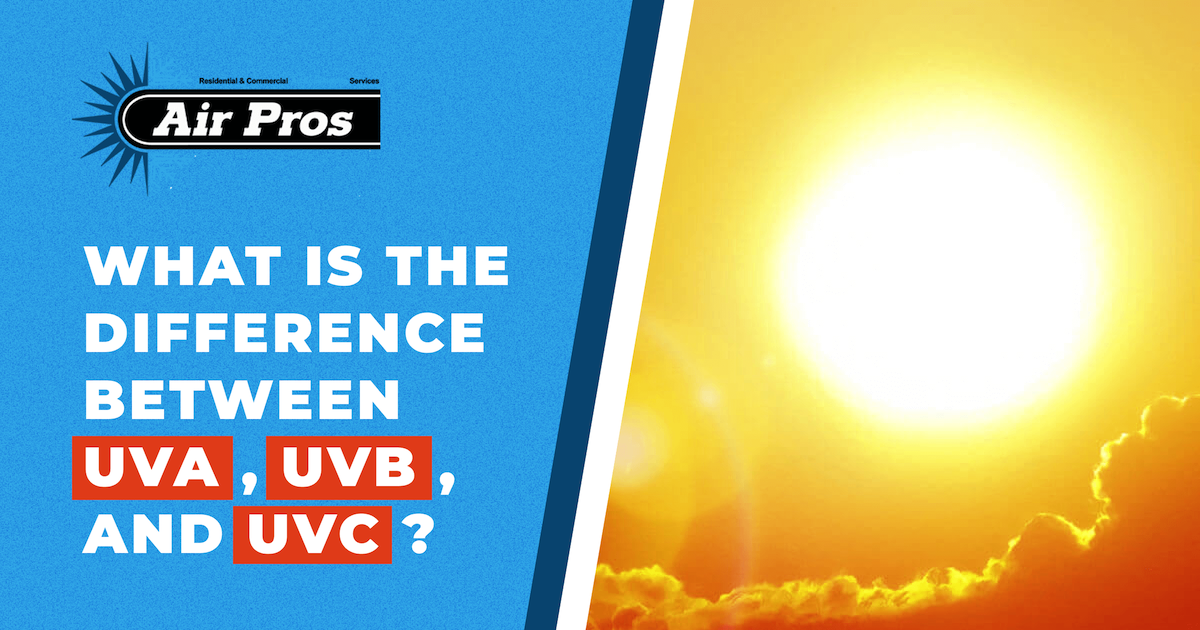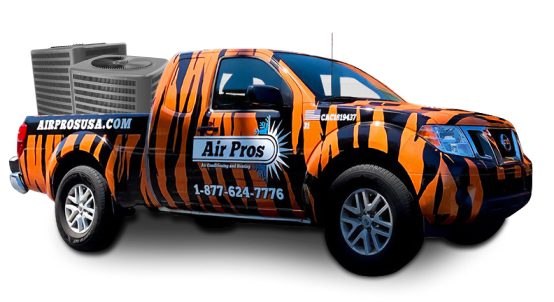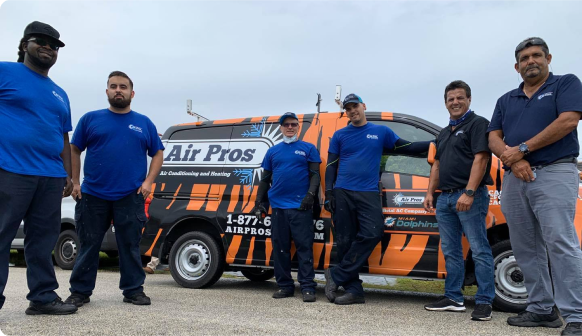Ultraviolet (UV) radiation is part of the electromagnetic spectrum. Often associated with sun burn and skin damage, it can be beneficial if used in your HVAC system. It can purify the air in you home by killing viruses, bacteria, and mold. But there are differences between UVA, UVB, and UVC light. We’ll now explain these and what type of UV light is best for your air conditioning system.
What Is UVA?
Having the longest wavelength, UVA represents up to 95% of the UV light found on Earth. Its wavelength is 320 to 400 nanometers. This allows it to reach the middle layers of your skin, which can cause wrinkles, sun spots, and other signs damage and premature aging. As far as applications, you’ll most often find UVA for polymerizing adhesives or performing fluorescent inspections. It’s also used in tanning beds and can penetrate glass and clouds.
What Is UVB?
About 5% to 10% of UV radiation is UVB, which has a wavelength of 280 to 320 nanometers. It is blocked in part by the ozone layer, but can penetrate deeper into the skin and can cause sunburns and skin cancer. Fortunately, glass blocks UVB. Therefore, it does not reach your car or home through windows. However, it can be used to cure certain types of inks and lacquers. Like UVA, it’s defected by sunscreens of SPF 30 or higher.
What Is UVC?
UVC rays to not naturally reach the Earth’s surface, as the ozone layer completely blocks them. However, UVC is produced by lights, lasers, and welding torches. At 200 to 280 nanometers, it doesn’t penetrate the skin as deeply but can damage the eyes. You should therefore never look directly into a UVC light source. The benefit of UVC light is it can kill viruses and microbes and is highly effective for sterilization.
That’s not to say UVC doesn’t come without risks. It can severely burn the skin and eyes, although such injuries typically heal within a week and don’t result in long-term damage. There’s a very low risk of skin cancer, cataracts, or permanent vision loss. A UVC-related eye injury can cause severe pain and a sensation of sand in the eye, even with just seconds of exposure.
Benefits of UV Radiation
There are some benefits to UVB radiation. It can help the skin produce vitamin D3, which contributes to bone and muscle health. In some patients that don’t respond to treatments for diseases like psoriasis, eczema, or vitiligo, UV exposure may be controlled during phototherapy. This involves exposing a patient to specific doses of UV radiation on a schedule, sometimes treating them first with ointments, baths, or prescription drugs.
UVC and Air Conditioning
In the 1940s, hospitals started using UVC energy to control airborne infectious diseases. It became less popular when antibiotics were introduced, but renewed interest in the 1990s resulted from drug-resistant hospital-acquired infections. The same technology can be used to purify air in your home.
A UVC light can be installed in an air handler or duct. It can kill 99% or more of microorganisms present on surfaces within the system.1 However, this depends on the intensity of the light and how long a sample is exposed for.
In an HVAC system, UVC energy can be applied as follows:
- Upper-Room/Air Systems: Germicidal UV is delivered at the source of pathogens and viruses in room air, protecting against their spread via droplets or air circulation. Microbes can be inactivated in seconds. These units are wall-mounted and direct UVC energy upward and outward to kill infectious agents as they rise and fall with air currents.
- HVAC Air-Stream Disinfection: A UVC fixture is installed in HVAC ductwork, an air-handling unit plenum, or air distribution system to eliminate microorganisms in conditioned air. The dose of UVC radiation is determined by light intensity, susceptibility of a target pathogen to it, and exposure time.
- HVAC Coil/Surface Irradiation: This common method is highly effective at preventing pathogen growth on air filters, coils, drain pans, and duct walls and irradiates bacteria, viruses, mold, and biofilm. About 30% of airborne pathogens can be eliminated on the first pass; concentrations are reduced further with subsequent passes.1 Reflective materials can further increase the efficacy of UVC disinfection systems.
Air Pros Installs UV Lights in AC Systems
Our HVAC specialists install UVC disinfection systems in furnaces and AC air handlers to reduce or eliminate viruses, allergens, bacteria, mold, and other pathogens that can reduce air quality and cause illness. Ultraviolet light can help improve AC efficiency as well. To schedule AC maintenance or learn more about UV lights and other air quality services, contact Air Pros today at 844-575-1288.











